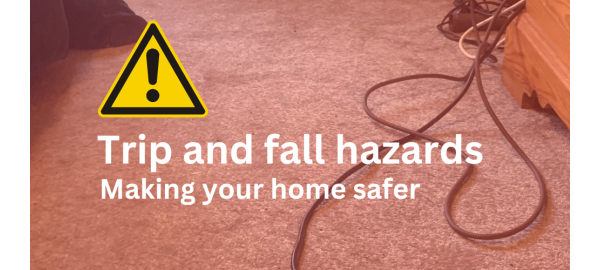We all have the occasional trip, slip or fall in our homes and gardens, most of which are pretty harmless, but some of which can be much more serious, requiring urgent medical attention or a trip to the A&E.
But what are the common areas in any home where most of these accidents happen, and what can we do to ensure that our homes or gardens are not hazardous as we carry out our normal daily routines?
The Health and safety Executive document the common causes of accidents when they are serious enough to warrant a trip to the local Accident and Emergency department.
In this article, we'll look at some of the more common causes of trips, slips and falls and look at how these may be prevented.
Managing wet areas in the home
It will come as no surprise to learn that many household trips, slips and falls happen where there are potentially wet areas, so the Bathroom and Kitchen are obvious culprits for this type of hazard.

Not forgetting, of course, the outdoor areas where wetness and moisture can make paths, steps and patios very slippery, especially if there has been the build-up of surface moss, leaves or mud etc.
Depending on the surface and the type of footwear being worn, wet or damp surfaces can be a real hazard, especially for the elderly or those with a disability or coordination issues.
One of the first potential solutions in bathroom and shower areas is to stop or limit the amount of water that gets on to the floor.
This might look like improving shower curtains or partitions or the positioning of towels to the sink, bath or shower, so water is not dropping on the floor, creating dangerous puddles on tiles or Lino.
Grab rails are a very handy addition to shower cubicles, around the toilet or sink, in fact, anywhere where a loss of balance can be experienced.

A grab rail can give the security of a steady point to hold on to so the risk of slips or falls is greatly reduced.
Grab rails are also a great idea for your outdoor areas or alongside steps or gradients in your outdoor spaces, as they can compensate for a loss of balance catching the weight and steadying whilst preventing a potential fall.
Keeping any wet or damp areas fastidiously clean can also help alleviate the common hazards, so that means wiping up spills or mopping wet areas to reduce the amount of surface water on tiles or other flooring types.
Preventing trips and falls in the kitchen
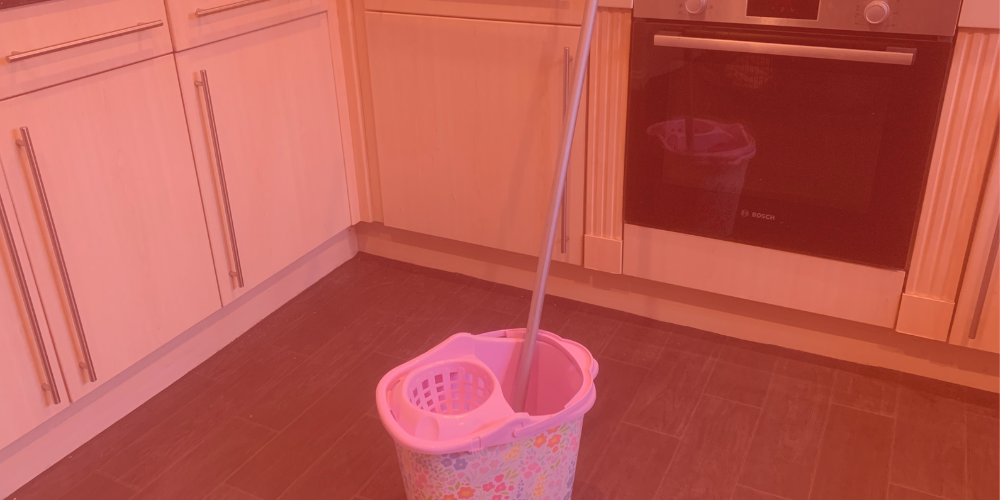
As with bathrooms, the kitchen is another area in the home where many accidents occur.
As per the Royal Society for the Prevention of Accidents website, accidents are most frequently reported at home, leading to 2.7 million Britons seeking medical attention per year. The annual cost to the NHS, being estimated to be over £45 billion.
According to The National Accident Helpline website, research shows that the kitchen still holds the greatest threat of injury in the home, with over half of survey respondents (60%) being injured during culinary tasks in the kitchen.
Kitchen hazards can vary from there being items on the floor that are easily tripped over, think cat litter trays, chairs, clothes baskets, tables, toys, rugs, loose Lino, the list goes on and on...
Any item that is on the floor in the kitchen can be a trip or fall hazard, especially if it's not a regular feature and you have forgotten that it's there.
Add to this the potential for spillage of water or food/ drink liquids on to floors and there's no wonder that accidents in the kitchen can be often and have potentially serious consequences.
Another factor in our kitchens, is that we are often reaching up for items, or low down into cupboards so testing our balance and coordination.
If this coordination, or our core strength is not great, it can lead to a fall as we lose balance in our effort to reach and over-extend.
What can help to reduce accidents in the kitchen?
Many kitchen accidents can be prevented, and it starts with planning to the space available and ensuring that this is clutter free and also as free as possible from regular trip hazards.
Think about the floor, is the surface grippy and flat without undulations in carpets, rugs, tiles or lino?
Take a look at these areas and ensure that they are flat, clean and don't have the obvious trip threats.
As with the bathroom and garden areas, grab rails can be in place for people whose mobility and balance are not optimal.
These can give the reassurance of a steady item to hold and balance against while undertaking tasks in the kitchen.
Try to place regularly used items and equipment within easy reach so that you are not climbing up or stretching across other things to get to them.
Keep knives, saucepans, kettles, jars and other potentially hazardous items in their proper place and tidy, so that you are not knocking things over or having to navigate lots of other items to get at them.
If you have cookery books stacked up, ensure that they cannot slip and end up as another potential trip hazard.
For people who have pets, it is a good idea to ensure that your litter tray is kept out of the general thoroughfare.
Also, that your furry friends themselves are not getting behind your heels as you are cooking so inadvertently tripping you when you step back.
As with bathrooms and outdoor areas, always ensure that any liquids if dropped are mopped up quickly and the floor left as dry as possible.
Many accidents happen when the homeowner has forgotten about a damp area they have left, that they then attempt to walk across.
Accidents in other areas in the home
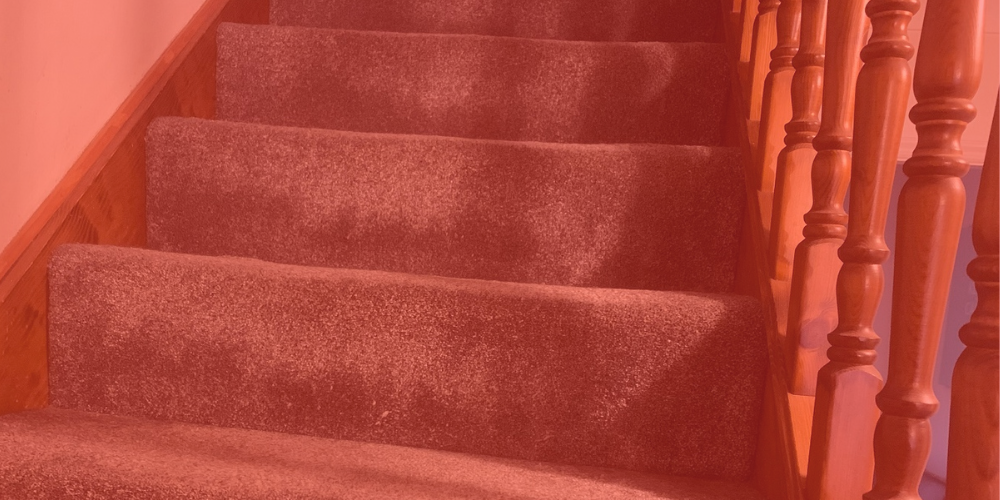
There are a number of other tricky areas in the home where trips and falls can easily happen, not least of these is the stairs where there is an obvious risk of falling if loss of balance is experienced.
It makes sense to keep the stairs clear of obstacles, such as clothing, books, household items and shoes/ slippers.
Clear steps are much safer and easier to navigate, if your stairs are becoming a problem, then rails along the stairs for balance can be a good idea, or even a stair lift that can provide the ultimate in peace of mind and security.
Ensure also that your stairs don't have loose carpet sticking up that could become a trip hazard. For wooden stairs, ensure that the surfaces are kept clean and are not a risk for slipping, especially in socks or when wearing slippers.
For some elderly and disabled people, steep stairs can mean ultimately that a bed is moved downstairs permanently, so that the risk of trips and falls on stairs is eradicated.
Bedrooms, lounge areas and halls are generally safer areas, but to make sure these areas are safer, be aware of rugs on wooden floors that can create an uneven surface or have corners sticking up.
If in doubt for an elderly or infirm person, these rugs should be removed so that the risk of such trips is greatly reduced.
Position of furniture and ensuring traffic areas are clear is a good idea, sometimes a re-arrangement of furniture is necessary to ensure safe walking areas.
As with the kitchen, also ensure that wires to appliances are not dragging across floors creating a tripping hazard.
As well as the furniture and layout of rooms, another consideration is the footwear being worn, open heel slippers that drag across the floor and can come loose should be avoided.
Close heel slippers that are a good fit are a much better alternative for safer walking around the home.
Alleviating risk with a personal pendant alarm

For elderly people and those suffering from balance or coordination issues it can be a concern for other family members about the consequences of their loved ones having a fall or taking a downward turn in their health.
A personal pendant alarm can be a very good idea to give peace of mind and the reassurance that if the worst should happen, the person can call in help at the touch of a button, usually worn around the neck like a necklace or on the wrist, like a watch.
Pressing the button alerts operators in a 24/7 call centre that operates 365 days a year.
Once the alarm has been sounded, the call centre will attempt to speak to the user who generated the alert directly through a base-station loudspeaker.
Depending on the results of the call, emergency services can be called directly by the operative, or a relative alerted to call in and check on their loved one.
We hope you find this article interesting and that we have given you some ideas to help you identify potential hazards in your home and how you can solve these to make your home safer and more comfortable.

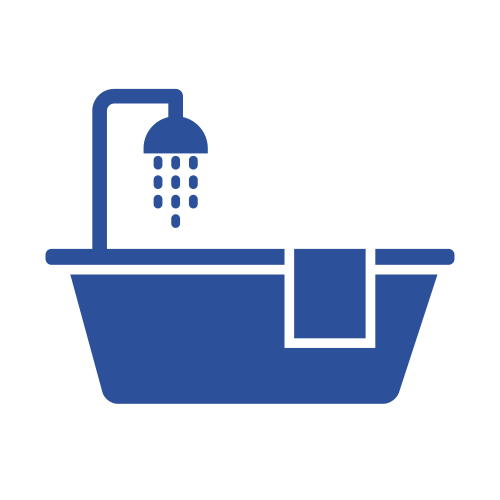 Bathroom Aids
Bathroom Aids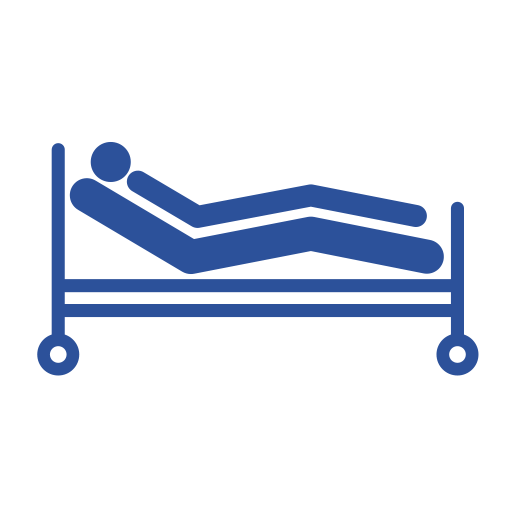 Beds & Bed Aids
Beds & Bed Aids Car & Travel Aids
Car & Travel Aids Chairs & Seating Aids
Chairs & Seating Aids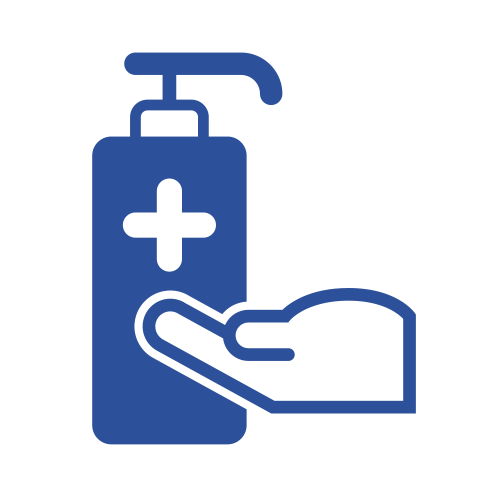 Cleaning & Hygiene
Cleaning & Hygiene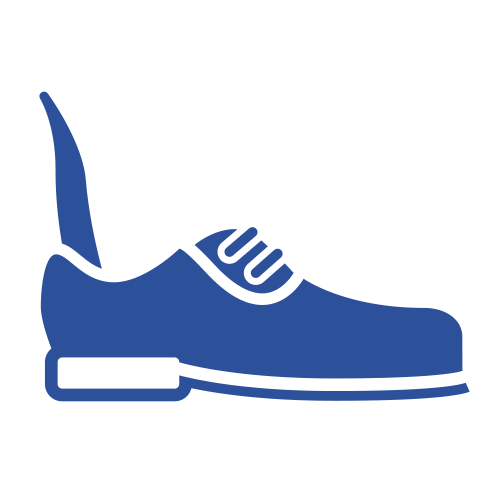 Comfort & Dressing
Comfort & Dressing Continence Care
Continence Care Cushions & Supports
Cushions & Supports Daily Living Aids
Daily Living Aids Disabled Ramps
Disabled Ramps Footwear & Footcare
Footwear & Footcare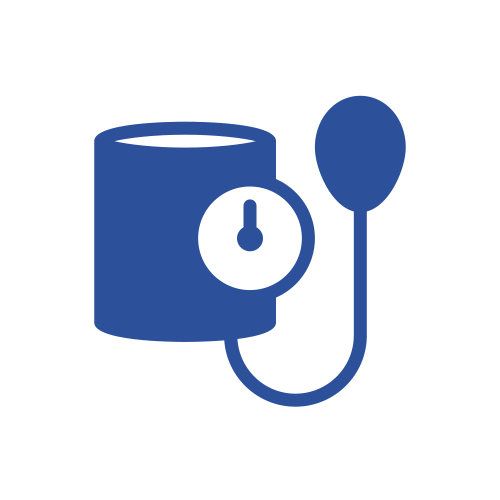 Health & Medical Aids
Health & Medical Aids Medical Professionals
Medical Professionals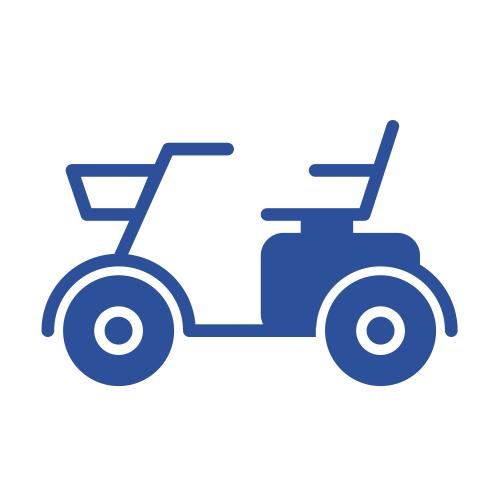 Mobility Scooters
Mobility Scooters Paediatric Equipment
Paediatric Equipment Parts & Spares
Parts & Spares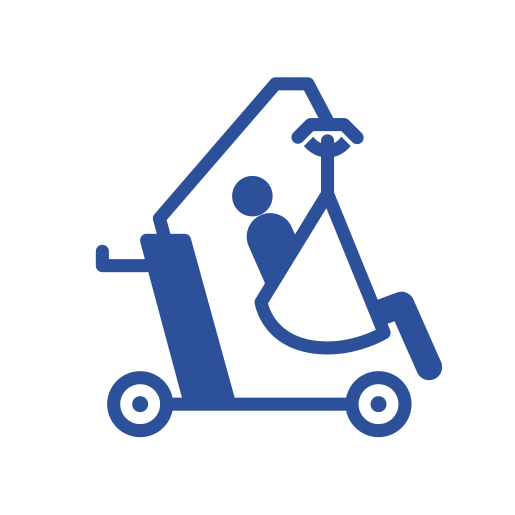 Patient Handling
Patient Handling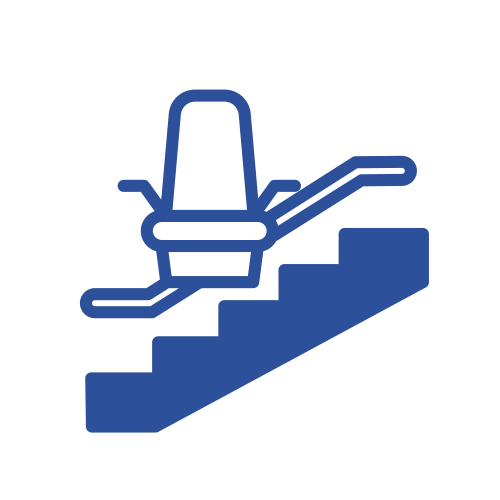 Stair Lifts
Stair Lifts Therapy & Orthopaedics
Therapy & Orthopaedics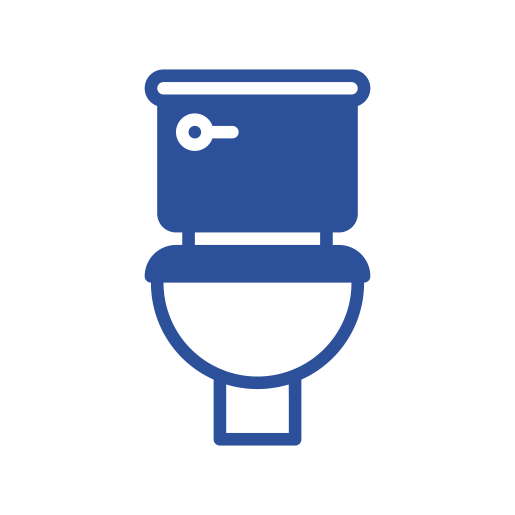 Toileting Aids
Toileting Aids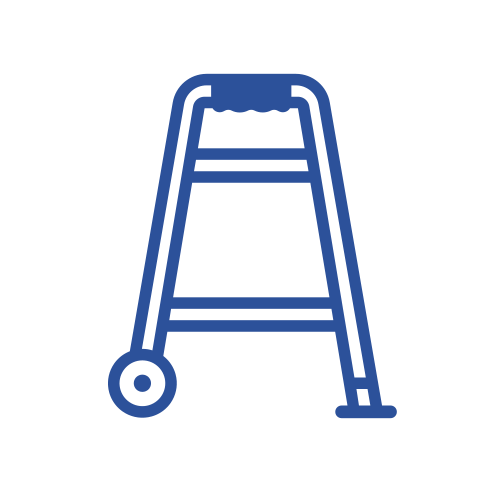 Walking Aids
Walking Aids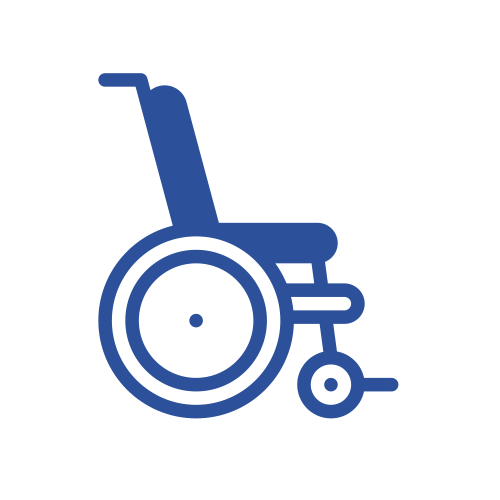 Wheelchairs
Wheelchairs